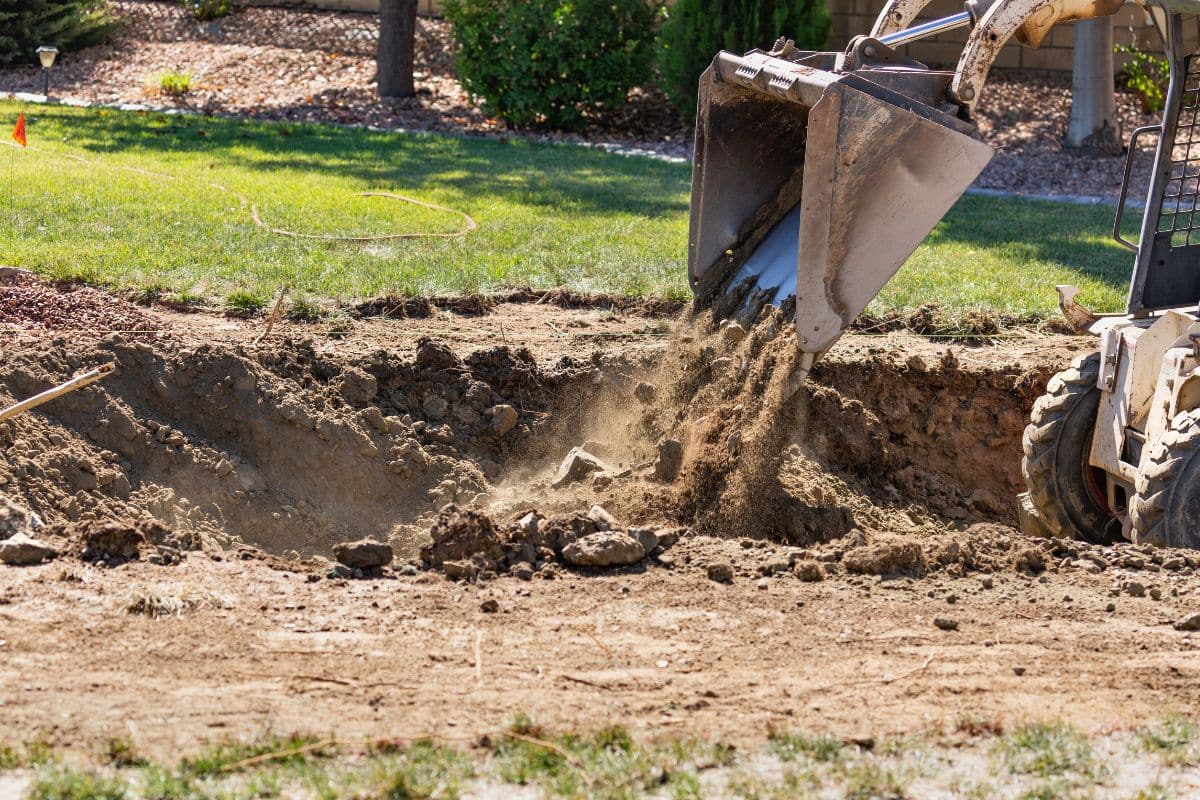Water stains on wood surfaces can transform beautiful furniture into unsightly eyesores. These white or dark marks appear when moisture penetrates the wood’s finish, creating rings from glasses, spots from spills, or streaks from condensation. Understanding the nature of these stains helps determine the most effective removal method for your specific situation.
The appearance of water damage varies significantly depending on several factors. Surface-level stains typically show as white or cloudy marks that haven’t penetrated deeply into the wood grain. These occur when moisture affects only the finish layer, making them easier to address with household remedies. Conversely, deep water stains appear darker and indicate that moisture has reached the wood itself, requiring more intensive treatment approaches.
Temperature plays a crucial role in stain formation. Hot beverages and dishes create more severe damage than cold items, as heat accelerates the moisture’s penetration into wood fibers. Similarly, the duration of contact determines stain severity – a quick spill differs dramatically from a glass left overnight on an unprotected surface.
Gentle removal techniques for surface water marks
Heat-based methods prove remarkably effective for fresh water stains on wood finishes. The iron technique involves placing a clean, dry cloth over the stain and applying a warm iron for 10-15 seconds. The controlled heat helps evaporate trapped moisture while the cloth protects the wood from direct contact. This method works particularly well on recently formed rings from cold beverages.
Hair dryers offer another heat-based solution that provides more control over temperature application. Set the dryer to medium heat and maintain a six-inch distance from the wood surface. Move the dryer continuously to prevent overheating any single area. This technique works exceptionally well when dealing with bathroom fixtures and surfaces where consistent moisture exposure creates ongoing staining issues.
The mayonnaise method might sound unusual, but this oil-based treatment effectively addresses white water marks. Apply a small amount of mayonnaise to the stain and let it sit for one hour. The oils penetrate the finish while the vinegar component helps break down mineral deposits. Afterward, wipe clean with a soft cloth and polish as usual. This gentle approach works well on delicate antique pieces where harsh chemicals might cause additional damage.
Toothpaste containing mild abrasives offers another household solution for stubborn surface stains. Use white, non-gel toothpaste and apply it gently with a soft cloth, rubbing in circular motions. The fine abrasives help remove the damaged finish layer while the paste’s consistency prevents over-aggressive rubbing. This method particularly suits situations where compact living spaces require quick, accessible solutions using readily available materials.
Advanced methods for stubborn water damage
When gentle techniques fail, more intensive approaches become necessary for deep water stains. The vinegar and olive oil mixture creates a powerful combination that addresses both surface damage and deeper penetration. Mix equal parts white vinegar and olive oil, apply to the stain, and let it sit for several hours or overnight. The vinegar removes mineral buildup while the oil conditions the wood.
Baking soda paste offers excellent results for persistent white marks. Create a thick paste using baking soda and water, then apply it to the stained area. Cover with plastic wrap and leave overnight. The baking soda draws out moisture while providing gentle abrasive action. This method works particularly well in kitchen environments where proper food storage techniques, such as knowing optimal storage conditions for produce, help prevent future moisture-related issues.
For severe cases requiring professional-grade results, consider the following systematic approach :
- Assessment phase – Determine whether the stain affects only the finish or has penetrated the wood grain
- Test area preparation – Always test any method on an inconspicuous area first
- Treatment application – Apply chosen method consistently across the entire stained area
- Monitoring progress – Check results every few hours to prevent over-treatment
- Final refinishing – Apply appropriate wood conditioner and finish to restore the surface
Commercial wood cleaners designed specifically for water damage removal offer reliable results when household methods prove insufficient. These products contain specialized compounds that break down mineral deposits while conditioning the wood. Always follow manufacturer instructions and ensure adequate ventilation during application.
Prevention strategies and long-term wood protection
Preventive measures significantly reduce the likelihood of future water damage on wood surfaces. Regular application of high-quality wood polish creates a protective barrier that repels moisture. Choose products containing natural waxes or synthetic polymers that provide lasting protection while enhancing the wood’s natural beauty.
Coasters and placemats serve as the first line of defense against water rings and spills. Invest in materials that absorb condensation effectively, such as cork or absorbent stone. For dining areas and coffee tables, consider using table runners or protective pads that can be easily removed and cleaned.
Environmental control plays a crucial role in preventing water damage. Maintain consistent humidity levels between 30-50% to prevent wood expansion and contraction that can compromise protective finishes. This principle applies whether you’re protecting furniture or implementing household preservation techniques that maintain optimal conditions throughout your home.
Regular maintenance schedules help identify potential water damage before it becomes severe. Inspect wood surfaces monthly for signs of white marks, dark spots, or finish deterioration. Address issues immediately rather than allowing them to develop into deep stains requiring extensive restoration work.
Seasonal considerations also impact wood protection strategies. During humid summer months, increase ventilation and consider using dehumidifiers in rooms with valuable wood furniture. Winter heating systems can create overly dry conditions, making wood more susceptible to cracking and finish damage when moisture is suddenly introduced.








